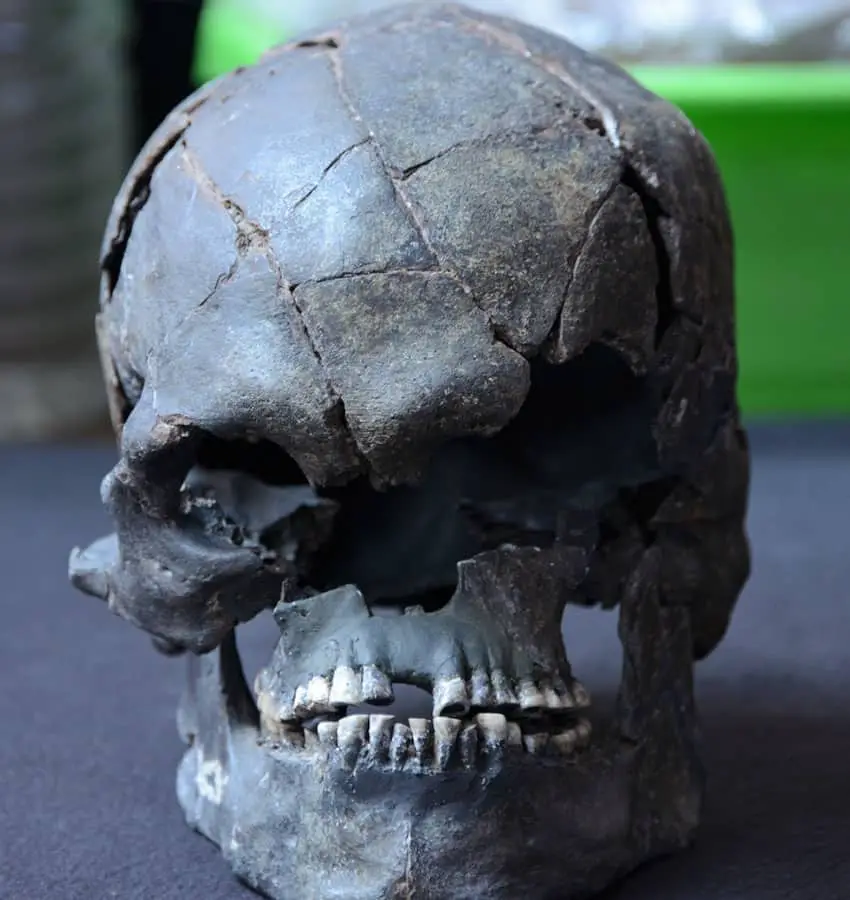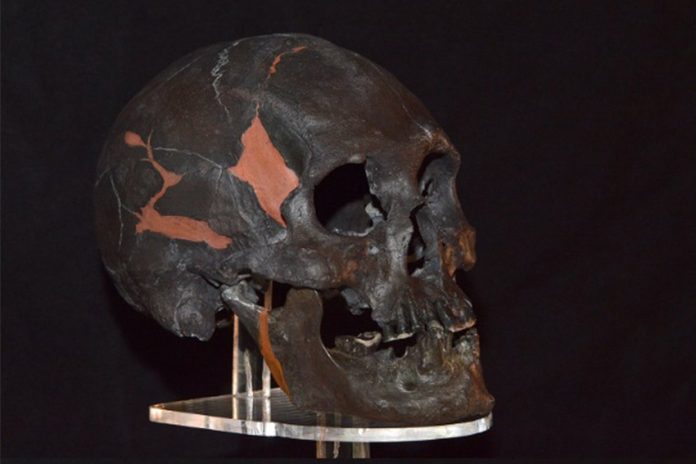In 1984, archeologists found the 10,500-year-old skull of a prehistoric human skull in Chimalhuacán, México state, which for the next 40 years became the first and only pre-ceramic human remains found in the Valley of Mexico — that is until the recent discovery of “Yotzin,” a prehistoric human skeleton of a hunter-gatherer male that INAH estimated Tuesday is at least 10,000 years old.
But the soil layer in which Yotzin was found could place it as older, even possibly the oldest human remains ever to be found in the Valley of Mexico.

Yotzin, found during the construction of Felipe Ángeles International Airport, will undoubtedly provide archaeologists with important information about human evolution in the region. But he also could turn out to be the oldest human remains found in the Valley of Mexico.
INAH announced Tuesday that while it has yet to carbon date the remains, it’s currently estimating the skeleton, based on its physical features, to be around 10,000 years old, from between the late Pleistocene Era and the early Holocene Era.
INAH physical anthropologist Arturo Talavera González said that Yotzin has an elongated skull and wide jaws, suggesting that he belonged to late Pleistocene hunter-gatherer groups, before the first known settler civilizations in the area.
Marks found on Yotzin’s bones, along with its “poorly flattened femurs and transverse flattening of the tibia,” indicate intense physical activity, such as long walks and the use of teeth to wear down various materials, Talavera said. These features, which tended to decrease with the arrival of agriculture and a more sedentary lifestyle, are characteristic of primitive hunter-gatherer peoples.
“If an individual shows signs of wear and tear on their teeth but no cavities, it could indicate a pre-ceramic diet,” he said.
If INAH’s current estimates are correct, Yotzin would be about the same age as Chimalhuacán Man, which INAH dates at 10,500 years old. The soil in which Yotzin was discovered, however, could indicate that the prehistoric skeleton is significantly older.
The layer of soil in which Yotzin was found appears to correspond to an interglacial warming period that occurred between 13,000 and 20,000 years ago, according to INAH biologist Lauro González Quintero.
INAH’s preliminary report states that scientists need to confirm Yotzin’s exact age and validate his place in the chronology of the Valley of Mexico’s first settlers. Researchers also hope to soon conduct the next phase of research on the site in which Yotzin was found, known as Santa Lucia M3, in the town of San Mateo Xóloc.
Mexico News Daily
